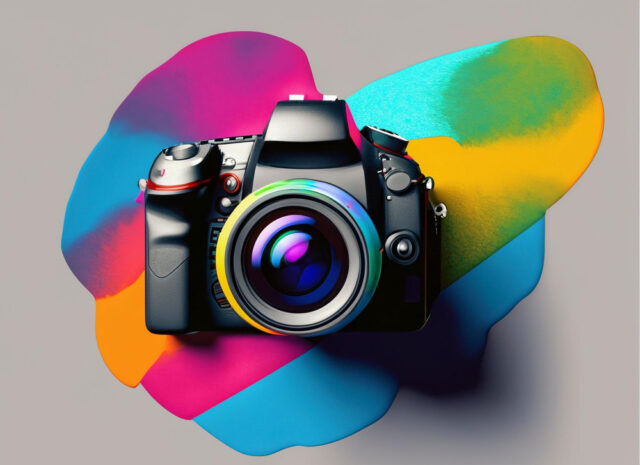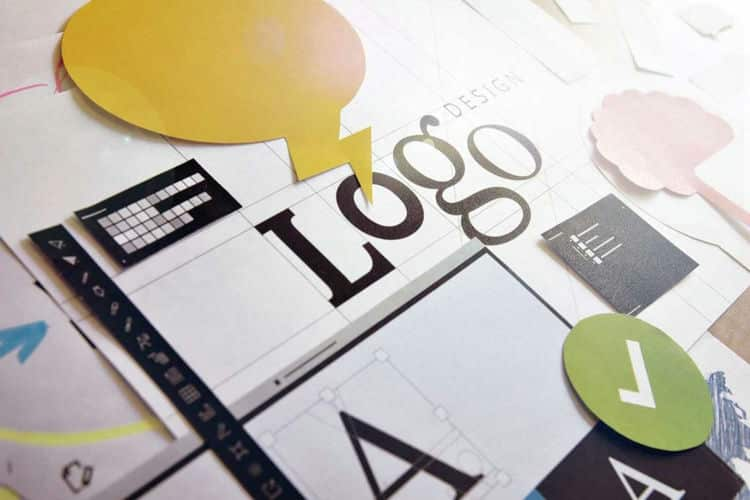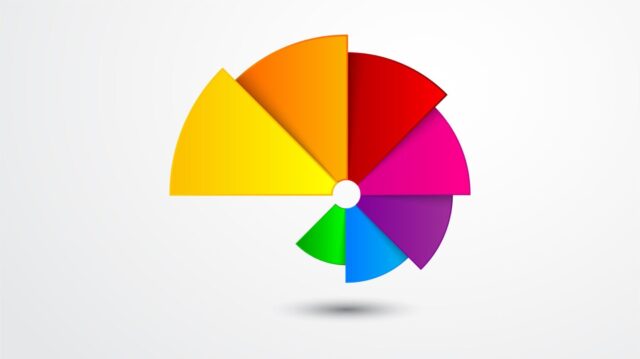
A photography logo serves as the cornerstone of a photographer’s visual identity, embodying their style, ethos, and the essence of their work. It’s the first point of interaction with the audience, setting the tone for what clients can expect. Crafting a unique and memorable logo goes beyond mere aesthetics; it’s about forging a connection with your audience, distinguishing your brand in a saturated market. This blog post delves into the nuances of creating a photography logo that not only stands out but also encapsulates the spirit of your brand, offering valuable insights to help you navigate the process.
1. Understand Your Brand Identity

The journey to a compelling photography logo begins with a deep understanding of your brand identity. This alignment ensures your logo reflects the unique characteristics of your photography style and niche. Consider what sets your work apart: Is it your unconventional shooting angles, the emotions you capture, or perhaps your distinct editing style? To crystallize your brand identity, ponder over questions like, “What emotions do I want to evoke through my photos?” or “Who is my ideal client?” These reflections will guide the design process, ensuring your brand mark is a true representation of your brand.
2. Simplicity is Key

In the realm of logo design, simplicity reigns supreme. A clean, uncluttered logo not only grabs attention but also makes a lasting impression. This principle holds especially true for photography logos, where the focus should be on creating an easily recognizable symbol of your brand. Iconic photography logos often leverage minimalism to their advantage, using simple shapes and minimal color palettes to convey their brand’s essence. By embracing simplicity, you ensure your brand mark remains effective and adaptable, a visual shorthand for the quality and style of your photography.
3. Focus on Typography

Typography is a critical element in logo design, offering a subtle yet powerful way to convey your brand’s personality and professionalism. The choice of font can significantly affect the logo’s impact, with different styles evoking different feelings and associations. For instance, a serif font might lend a classic, timeless feel, suitable for traditional photography, while a sleek sans-serif font could suggest a more modern, avant-garde approach. When selecting typography for your photography brand mark, consider the genre you specialize in and choose a font that complements your work’s tone and style.
4. Incorporate Visual Elements

Visual elements like icons, symbols, or motifs can add depth and meaning to your photography logo, making it more memorable and distinctive. These elements should resonate with your photography style and niche, whether it’s a silhouette that captures the essence of your subjects or an abstract symbol that represents your artistic vision. The key is to integrate these elements seamlessly with the rest of your brand mark design, creating a cohesive and impactful visual identity. Experiment with different concepts that reflect your unique style or specialty, ensuring they enhance rather than overshadow the logo’s overall message.
5. Versatility and Scalability

A well-designed photography logo must be versatile and scalable, maintaining its integrity across various platforms and sizes. From business cards to billboards, your logo should be recognizable and effective, regardless of where it appears. This requires thoughtful consideration of the logo’s layout, color scheme, and complexity. Opt for a design that is equally impactful in black and white as it is in color, and ensure it remains legible when scaled down for smaller applications. By prioritizing versatility and scalability, you create a brand mark that serves as a robust ambassador for your brand, adaptable to any context.
Conclusion
Designing a photography logo is a journey of self-discovery, requiring a deep understanding of your brand’s identity and how you wish to present it to the world. By following these tips—aligning your logo with your brand identity, embracing simplicity, focusing on typography, incorporating visual elements, and ensuring versatility and scalability—you can create a logo that not only captures the essence of your photography but also resonates with your target audience. Let your brand mark be the beacon that draws clients to your unique vision, establishing a strong visual identity that sets you apart in the competitive landscape of photography.














